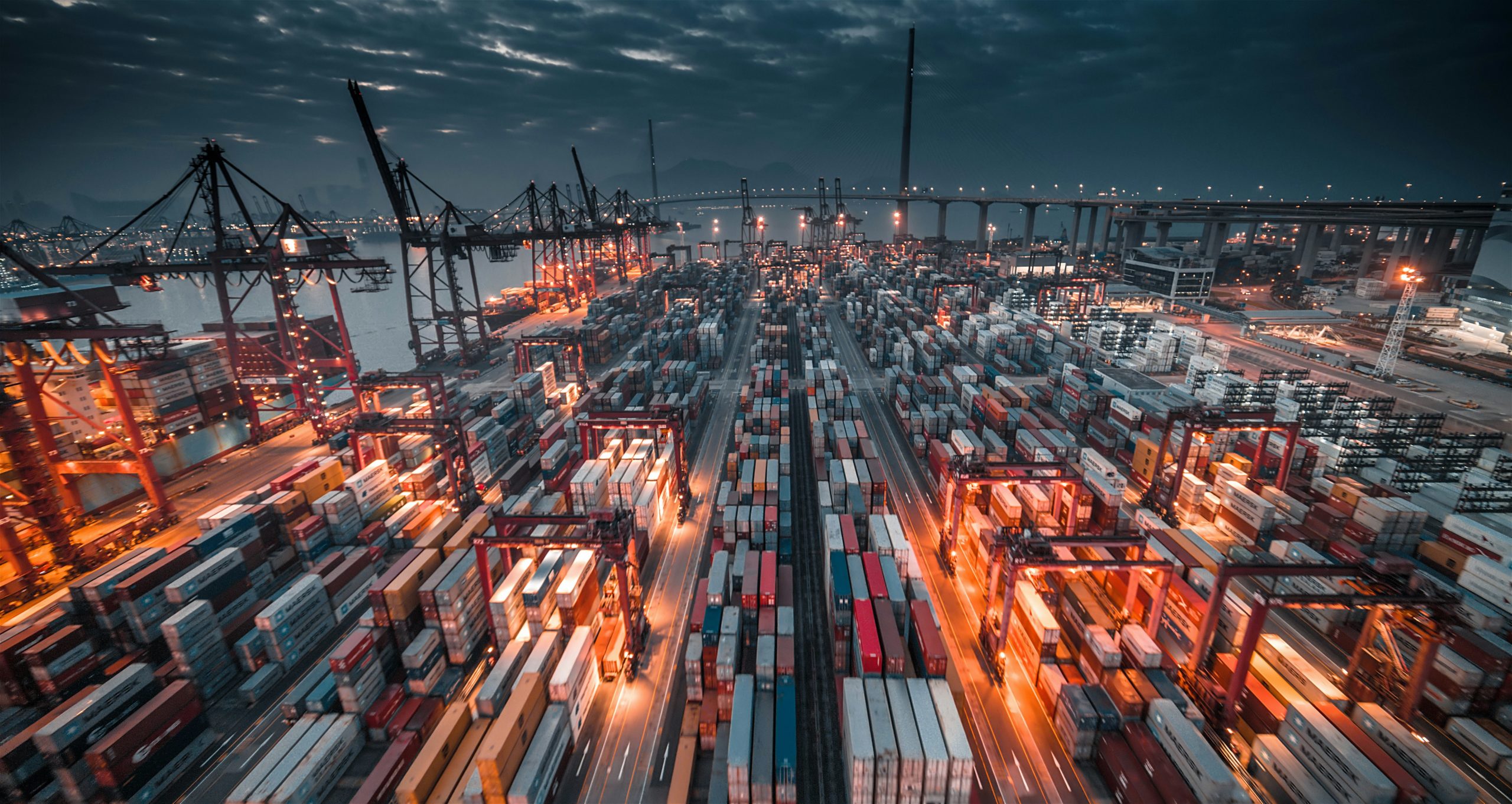How international shipping methods have changed in the age of ecommerce
Written by
Kinga EdwardsPublished on
Learn what changed in international shipping methods in the age of ecommerce inside. (Ad)

Commercial collaboration
International shipping methods have evolved in recent years and continue to advance along with the growing digital economy. And with the ever-continuing rise of ecommerce, SME owners are utilizing modern shipping methods to enhance the way they ship their goods to reach global audiences.
Interestingly, international shipping is a relatively new industry to achieve digital transformation, with most transactions still being done using physical documentation, such as paper customs forms. However, exciting advancements are just beginning to take hold. Notably, in 2023, Lufthansa Cargo and Kuehne+Nagel pioneered paperless freight transportation in the first all-digital international shipment. This event shows significant advancement in the international shipping sector when it comes to digital transformation. This article will further provide examples of how international shipping methods are changing with the continued rise of ecommerce and the digital economy.
Data-driven decision making for shipping considerations
One of the hallmarks of the digital economy is the abundance of data. Every action results in the generation of data, which can be accumulated to guide business decisions. The endless stream of data in the digital economy, particularly when it comes to supply chains, can help ensure efficient shipping and logistics.
For instance, data can help SMEs decide which shipping methods would be most beneficial for their business, or for specific shipments. For example, less-than container load shipping (LCL) is when a container is shared between multiple shippers or consignees. This option provides the benefits of cost-efficiency, flexibility, and accessibility, as you don’t need to rent an entire container. Full container load shipping (FCL), on the other hand, offers the advantages of exclusivity, security, and cost predictability, as the entire container is allocated only for the cargo of a single shipper or consignee. SMEs can decide which of the two container shipping methods is the better option for their specific needs based on the historical data they have.
Moreover, data facilitates demand forecasting and inventory optimization. With advanced analytics and machine learning algorithms, it is possible to precisely plan the movement of goods to maximize available storage space. Data obtained from operations can be matched with data from market trends, customer behavior, and sales to optimize shipping operations while ensuring product availability and client satisfaction.
Maximizing speed and efficiency
The volume of goods shipped globally via ocean transport more than doubled in the 2020s compared to its 1990s levels. This may not sound like a massive increase over a period of around four decades, but it is quite large relative to the global GDP increase over the same period. It shows how ocean shipping has become a crucial part of the new global economy, especially with around 80 percent of the movement of goods going through ocean shipping processes.
The critical role of shipping makes it necessary for businesses to ascertain that it is efficient and speedy. Delays have direct adverse effects on supply chains, and the slightest of inefficiencies can mean considerable differences in shipping costs. These realities are particularly true for companies involved in the ecommerce market. They require rapid product movements without compromising reliability and security. They need to make sure that stocks are available as needed but they also have to avoid overstocking to avoid expensive storage costs.
As such, businesses turn to practices or strategies such as route optimization, cross-docking, warehouse automation, and multi-modal transportation. Many also adopt Just-In-Time (JIT) practices in handling inventory management. Some use collaborative logistics to maximize cargo capacities and reduce empty and near-empty backhaul trips. The need for speed and efficiency in shipping is not necessarily new, but it is becoming more important than ever.
The rise of ecommerce fulfillment centers
Ecommerce fulfillment centers ensure the efficiency of the ecommerce supply chain. Instead of moving products independently, fulfillment centers are used to receive, store, sort, pack, and ship products for online stores. They serve multiple stores to optimize shipping capacities. These strategically positioned facilities take advantage of new processes and technologies to ensure that products are delivered in a timely manner. They provide the benefits of efficient order fulfillment, scalability, better geographic reach, and efficient inventory management.
However, fulfillment centers may be disadvantageous for some organizations. They may reduce a company’s control over its fulfillment process, which can be unfavorable if a company is stuck with an incompetent fulfillment center. Also, quality control can be tricky when using fulfillment centers, especially when the products being handled have differences in packaging and handling. This can lead to problems with the products being shipped like broken fragile items. Additionally, the contractual commitments that come with the use of fulfillment centers can be unfavorable or too onerous.
Electronic documentation and real-time tracking and visibility
The growing adoption of digital technologies, paperless transactions, and other modern solutions applicable to shipping is a boon for businesses operating in the digital economy. Businesses are doing away with tedious and unwieldy physical documents to do shipping paperwork, from bills of lading to customs declarations. This reduces administrative burdens while making paperwork easier to track and less prone to errors.
On the other hand, various tech products can be used to enable real-time shipment monitoring or visibility. Businesses can use RFID, GPS, and IoT devices to continuously keep track of their products and make sure that they are moving as planned. With real-time information, they can agilely respond to issues that may arise while products are still in transit or as they are being processed for customs clearance.
The takeaway
In conclusion, it may be an exaggeration to say that the digital economy is causing a seismic shift in shipping practices. However, the changes that come with the growing impact of the digital economy are undeniable. Businesses are finding more ways to maximize efficiency and speediness while also leveraging the omnipresence of data to enhance shipping operations and harnessing the conveniences of electronic documentation and new technologies to advance shipping efficiency and its positive outcomes for businesses in the digital economy.


